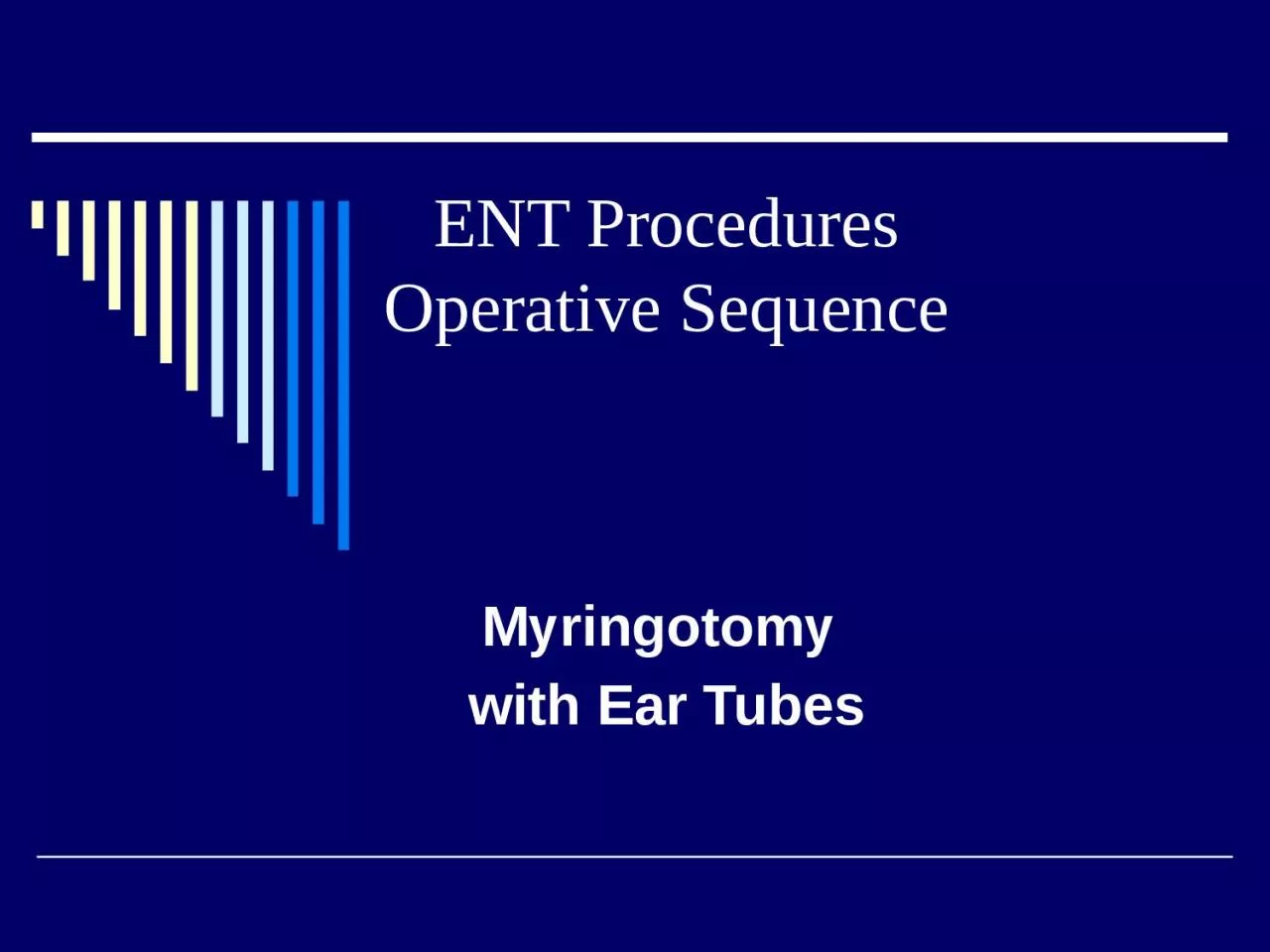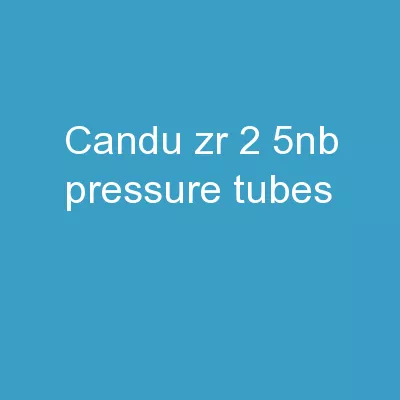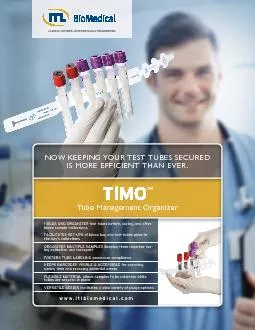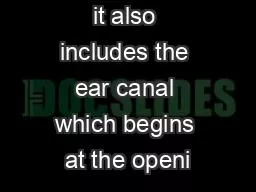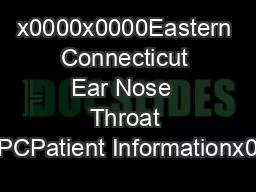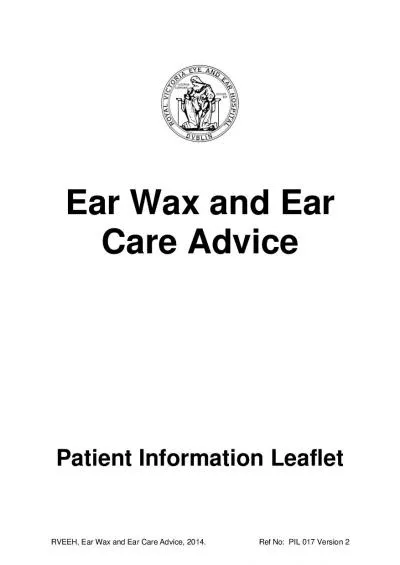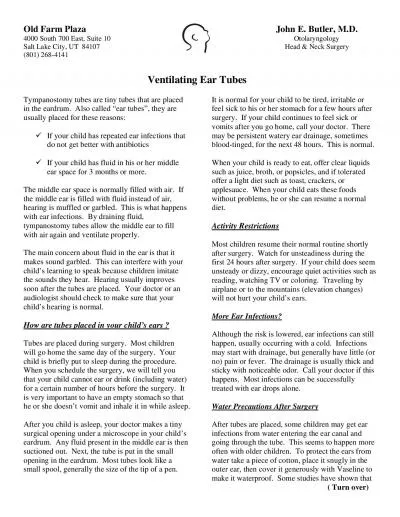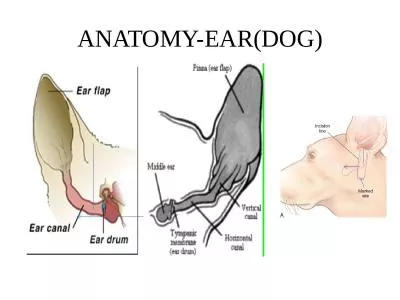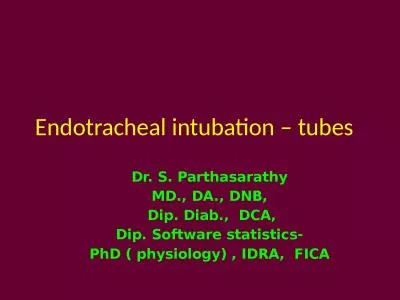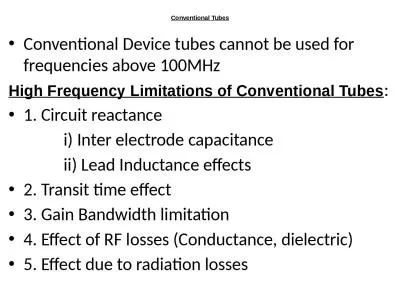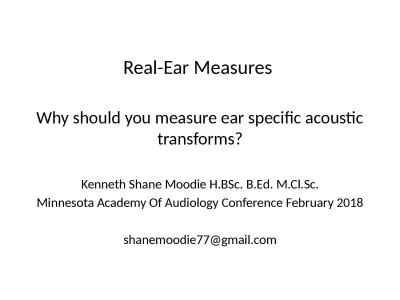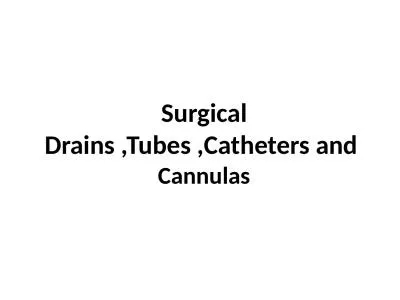PPT-Myringotomy with Ear Tubes
Author : SocialButterfly | Published Date : 2022-08-01
ENT Procedures Operative Sequence Myringotomy Define the procedure A small incision is made in the tympanic membrane to allow the drainage of fluid from the middle
Presentation Embed Code
Download Presentation
Download Presentation The PPT/PDF document "Myringotomy with Ear Tubes" is the property of its rightful owner. Permission is granted to download and print the materials on this website for personal, non-commercial use only, and to display it on your personal computer provided you do not modify the materials and that you retain all copyright notices contained in the materials. By downloading content from our website, you accept the terms of this agreement.
Myringotomy with Ear Tubes: Transcript
Download Rules Of Document
"Myringotomy with Ear Tubes"The content belongs to its owner. You may download and print it for personal use, without modification, and keep all copyright notices. By downloading, you agree to these terms.
Related Documents

